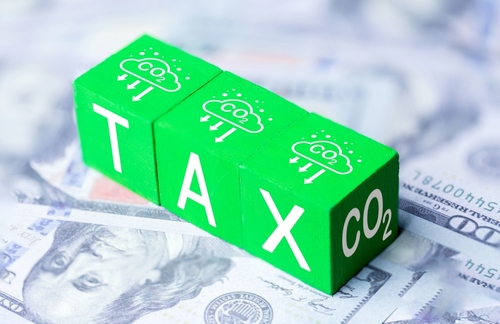
Revenue from Pennsylvania’s natural gas impact tax since 2012 has provided more than $2.5 billion for the state’s 67 counties to pay for infrastructure, first-responder environmental projects.
This year, the tax will generate $278 million, the state’s Public Utility Commission said, the highest yearly return on record. The amount represents a 19 percent increase, nearly $44 million, over last year, due mainly to market conditions, officials said.
“Generating more than $2.5 billion total and a record $278 million this year, the impact tax continues to be a smart policy that provides county and local governments the flexibility to support projects tailored to individual community needs,” Marcellus Shale Coalition President David Callahan said.
More than $155 million will be distributed to local governments, leaving $103 million for statewide environmental programs and nearly $20 million for state agency oversight, including $6 million for the Pennsylvania Department of Environmental Protection, $1 million for the Fish & Boat Commission, $1 million for the Pennsylvania Department of Transportation for rail freight assistance, and $1 million to the Pennsylvania Public Utility Commission.
“Policymakers should note that Pennsylvania’s unique approach to a severance tax allows the entire Commonwealth to benefit from the natural gas produced here,” Callahan said. “It’s a structure that no other energy-producing state uses, providing a valuable revenue stream that directly benefits municipalities, state agencies and environmental programs.”
Enacted in 2012, the impact tax levies a fee based on the average annual price of natural gas on the New York Mercantile Exchange and the age of the well. Additionally, the tax rate increases when natural gas prices increase. The average annual price of natural gas rose over $6 in 2022, triggering an increase in payments from producers, officials said.
“Pennsylvania-produced natural gas benefits families and businesses with access to abundant, reliable energy while injecting millions of dollars annually into environmental programs, infrastructure upgrades, public parks and public safety in both producing and non-producing regions alike,” American Petroleum Institute Pennsylvania (API PA) Executive Director Stephanie Catarino Wissman said. “Our industry has long invested and operated in the Keystone State with the safety, health and economic growth of local communities in mind.”
API PA said the impact tax revenue were also higher due to investment in new unconventional wells by the natural gas industry. Last year, new horizontal well increased by 56 wells to 574 – the second consecutive year there was an annual increase in drilling, according to the organization.
“The impact tax, coupled with the natural gas and oil industry’s contribution of more than $75 billion to the state’s gross domestic product, underscores the importance of having a robust energy sector and commonsense policies and predictable regulations to sustain it,” Wissman said.